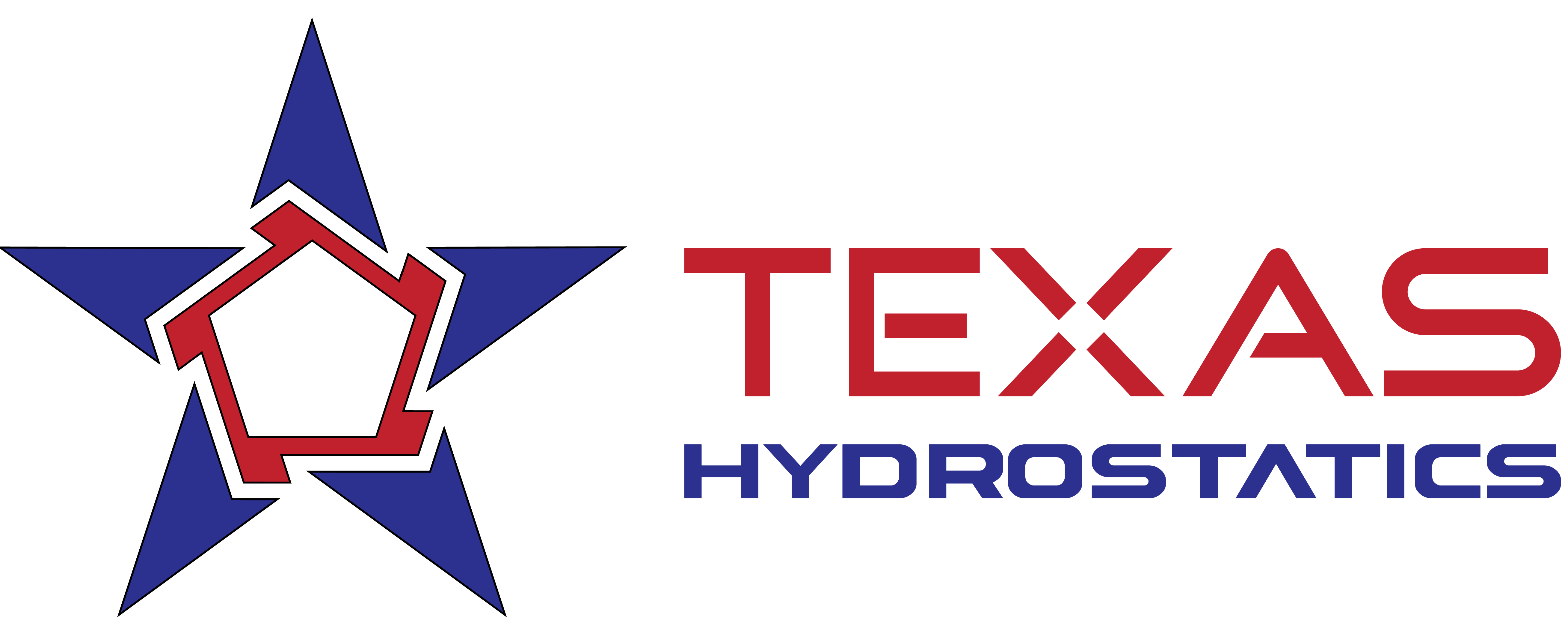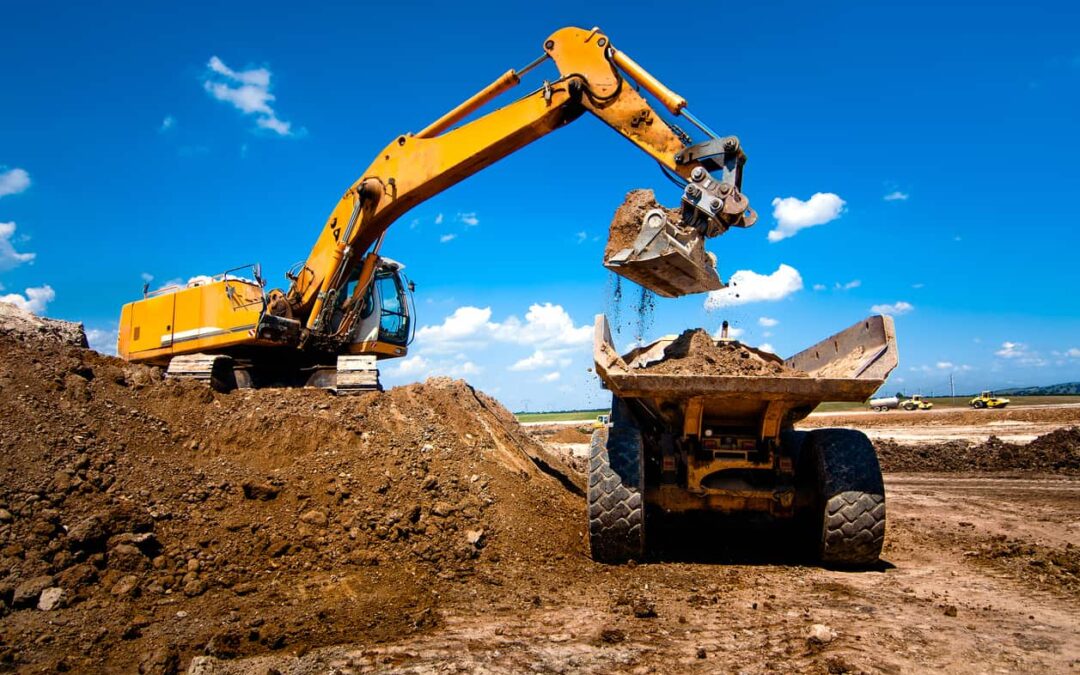Not every construction project takes place downtown (despite the way it may seem during rush hour). There are dozens of construction projects near you right now taking place in new developments, in out-of-the-way areas, and even in older neighborhoods undergoing urban renewal. And the ground in these areas may not be great. How is a construction team supposed to get a crane—traditionally very finicky about placement and balance—to work in these conditions? The rough terrain crane is the solution to lifting in less-than-optimal circumstances.
A rough terrain crane is the all-terrain vehicle of cranes. It is constructed with a wide, stable body on four large tires able to traverse uneven ground and maintain traction even in loose soil or crumbling pavement. Many are built with a four-wheel drive to enhance their traction and maneuverability, and some even come with four-wheel steering. They also tend to be shorter than most traditional mobile cranes, meaning they can get into and out of spaces that would be challenging for traditional cranes.
For lifting, they make a couple of adjustments from the normal mobile crane. They tend to have a hydraulic boom and hoist, allowing for greater maneuverability. And they also are equipped with outriggers, which provide much greater stability while lifting loads. Most importantly, rough terrain cranes normally are able to lift a load, then move the entire crane to a new point of operation, before re-engaging the outriggers and counterweight to resume lifting and loading operations.
If you are interested in maintenance for your rough terrain crane, contact Texas Hydrostatics. They are the premier source of crane service in Southern Texas and would love to answer any questions you might have about this versatile machine.

